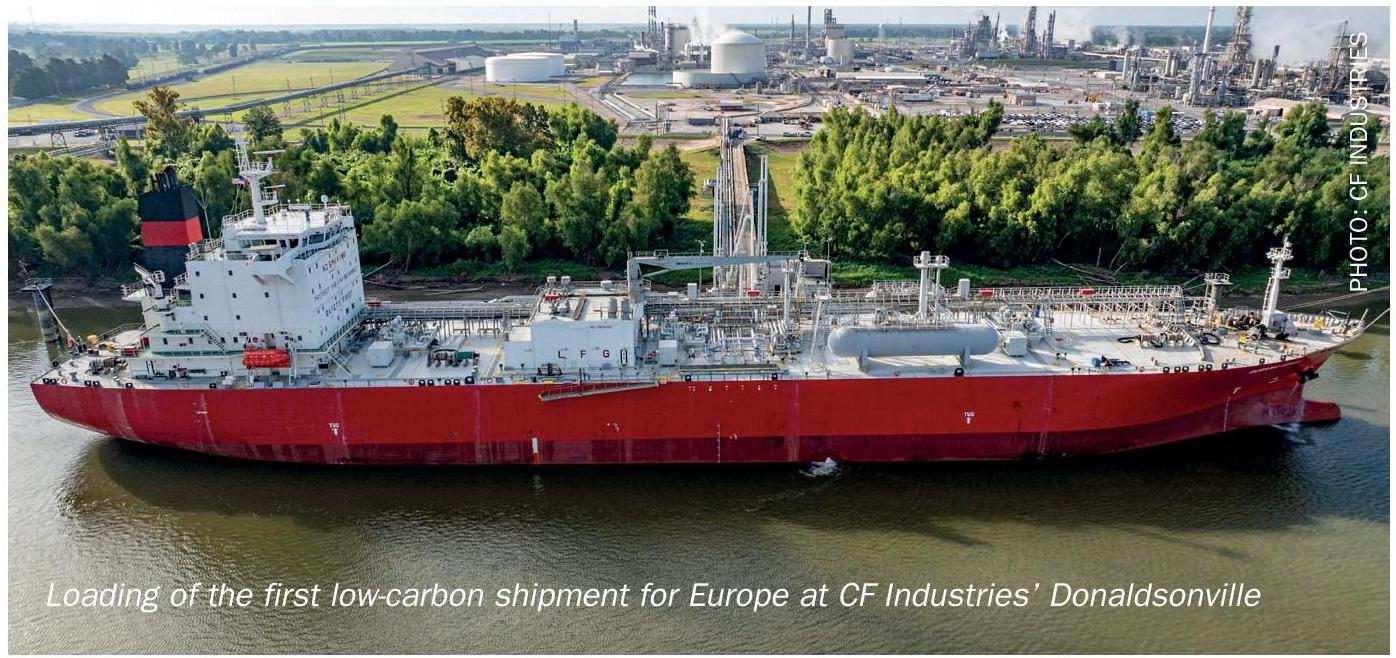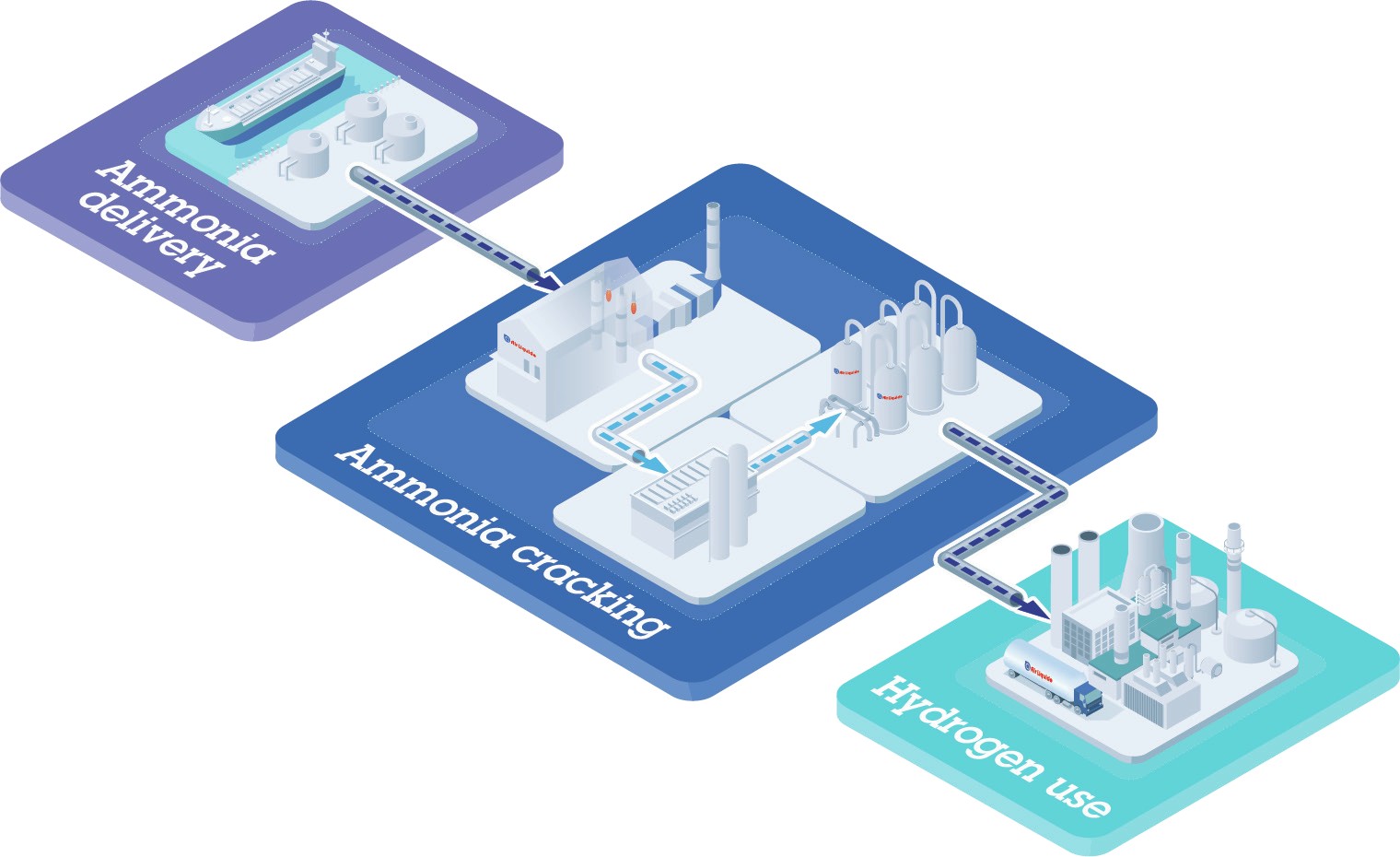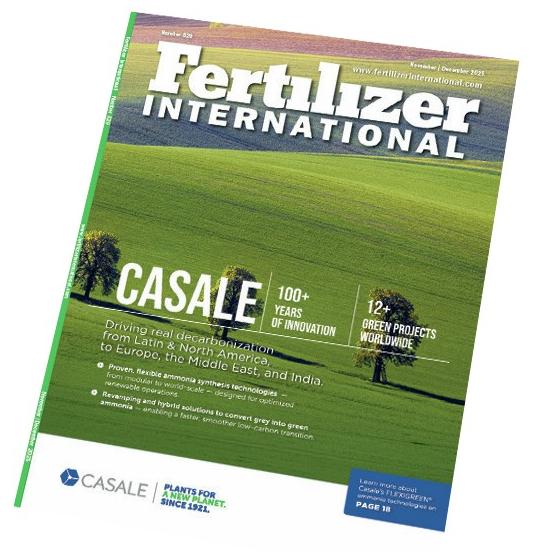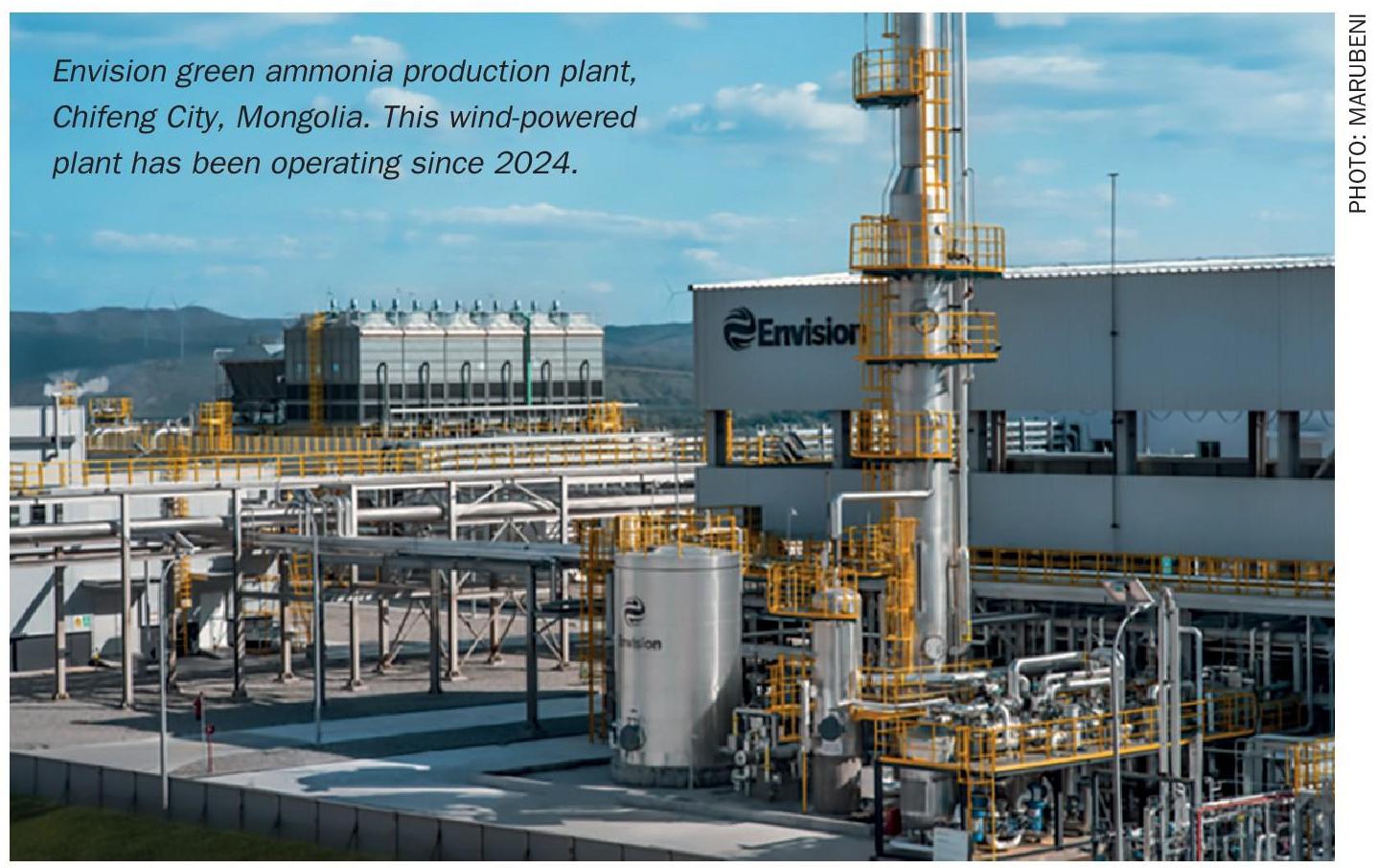Sulphur 413 Jul-Aug 2024
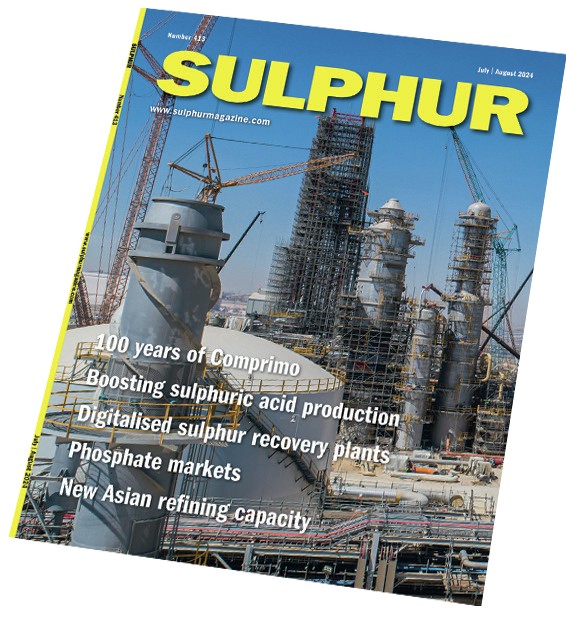
31 July 2024
Europe’s sulphur troubles
“Within the next couple of years, Europe may well become a net sulphur importer…”
While the events of the past few years have been difficult for Europe on many fronts, including a wholesale realignment of its energy sources with the restriction of access to Russian oil and gas, the effect on Europe’s sulphur production seems likely to be just as profound.
Europe has been a sulphur exporter for decades. It was one of the places where sour gas production was developed back in the 1950s, at Total’s Lacq gas field in France, and has been a major refining region for even longer, with those refineries having to begin removing sulphur as environmental regulations tightened faster in Europe than elsewhere in the second half of the 20th century. It even maintains the world’s last major working Frasch sulphur mine, at Osiek in Poland. However, production from all of these sources is shrinking rapidly, and within the next couple of years, Europe may well become a net sulphur importer.
To take those sources in turn; Europe’s sour gas fields are depleted. Lacq was closed down in 2013, and the last major field, at Grossenknetten in Germany, is in decline. Sulphur output dropped another 90,000 t/a in 2023 to 280,000 t/a. While there are reportedly sufficient gas reserves to keep operating until around 2030, it is unclear when ExxonMobil will decide that the site is no longer profitable, and CRU estimates that the site will probably cease production around 2026-27.
On the refining side, European refinery throughput has been on a steady decline since 2015. An ageing population and increased focus on long distance rail travel, as well as efficiencies in car fuel consumption have all played their part, but the post-covid move to home working and the rapid switch towards electric vehicles have speeded that transition in recent years. German diesel consumption fell by 10% from 20192023, for example. The switch away from Russian crude feedstock has cut supplies to some refineries in central and eastern Europe, while others face competition from cheap imports from the Middle East and US. Refineries are closing or converting to biofuel production. Sulphur production from Europe’s refineries totalled 3.3 million t/a in 2023, and this is forecast to fall to 3.1 million t/a in 2024.
Finally, while the Siarkopol sulphur mine continues to operate, production there has fallen too this year, significantly below the operating average for the past decade. Output in January to May 2024 totalled 130,000 tonnes of sulphur, with the full year figure likely to be around 390,000 tonnes, against a usual annual average of around 480,000 t/a.
Set against this, demand has also declined, with caprolactam production particularly weak. Nevertheless, demand seems to have bottomed out for now, and may recover back towards 4 million t/a by 2028, by which time European demand will have outstripped supply. The answer will be to import sulphur, but the European market is very much geared towards liquid sulphur, and so to source sulphur from e.g. the Middle East will require new sulphur remelter projects. There are currently two major projects under discussion. Saconix and its partner LogServ Logistics, have designed a proposed sulphur import terminal for the port of Brake at the mouth of the Weser river in northwest Germany. The sulphur remelter would have a capacity of 300,000 t/a. Meanwhile Aglobis announced plans in 2020 for a sulphur logistics terminal and remelter, in partnership with Savage Services and the inland port of Duisburg, on the Rhine river. This remelter would have a capacity of 400,000 t/a. However, time is starting to run short – even if greenlit today, the earliest likely start-up of these projects would be in 2026-27.


